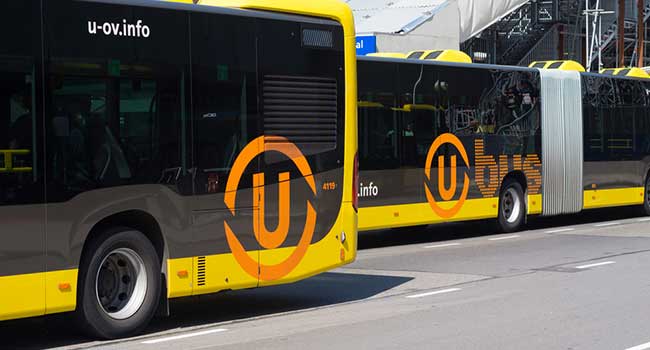
Dutch Tram Attack Leaves 3 Dead
The mayor of the Dutch city of Utrecht said that a "terror motive" is the most plausible option for the attack.
- By Sydny Shepard
- Mar 19, 2019
Three people were killed and nine more wounded in an attack on a Dutch tram Monday. Dutch Prime Minister Mark Rutte said that the attack in the city of Utrecht could be terrorism related.
"Our nation was hit by an attack in Utrecht," Rutte said. "It is clear there were shots on tram passengers, that there are wounded."
Just after 11:40 a.m. local time, police in the central Dutch city said on Twitter that "multiple people have been injured as a result of a shooting in a tram in a residential neighborhood." Trauma helicopters were sent to the scene and police asked the public to stay away from the area, allowing first responders to do their work.
Police, including heavily armed officers, flooded the scene which was a busy traffic intersection and the Dutch anti-terror coordinator immediately raised the threat alert to its highest level around Utrecht as a result of the shooting.
"The threat level has gone to 5," Anti-terror Pieter-Jaap Aalbersberg said in a statement. "Exclusively for the Utrecht province."
The suspect fled from the scene on foot and within a few hours, police gathered in front of an apartment block close to the scene. It was revealed that the suspect in the shooting is a 37-year-old Turkey-born man. Police released a picture of a bearded man sitting on public transport, dressed in a dark blue top with a hood tucked into his neck.
Police said they were searching for the shooter with "all possible means."
German police say they have upped surveillance on the country's border with the Netherlands and are on the lookout for the gunman. They said they have added police to not only major highways, but also minor crossings as well as railway routes.
About the Author
Sydny Shepard is the Executive Editor of Campus Security & Life Safety.